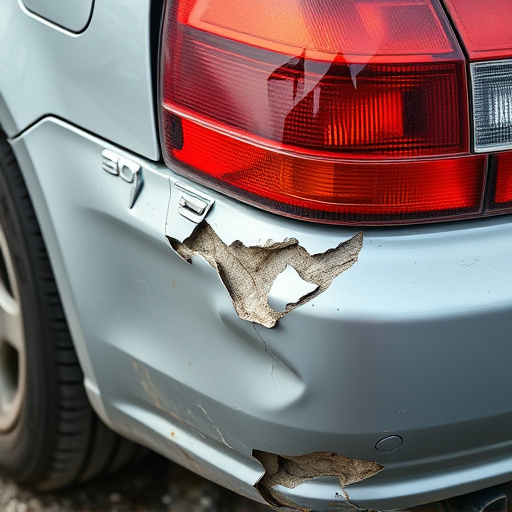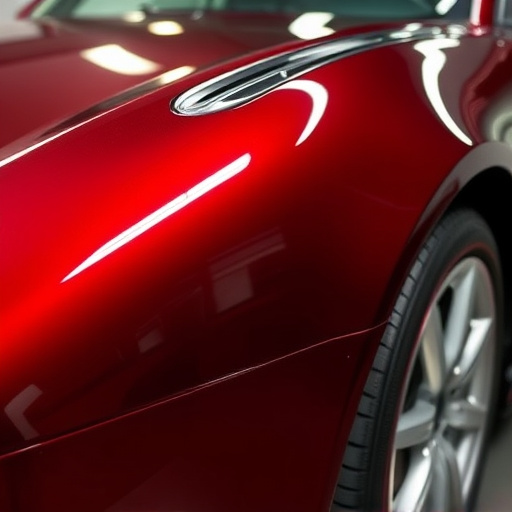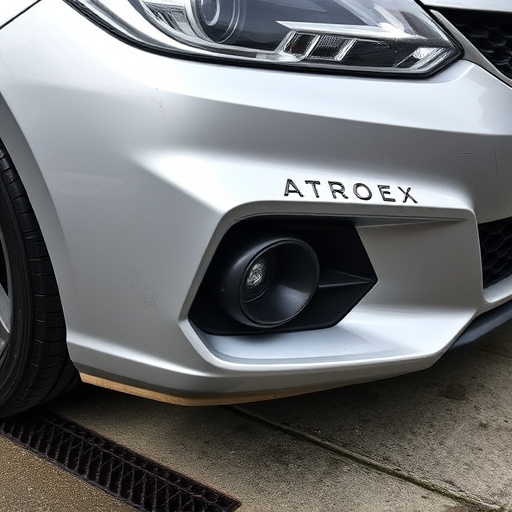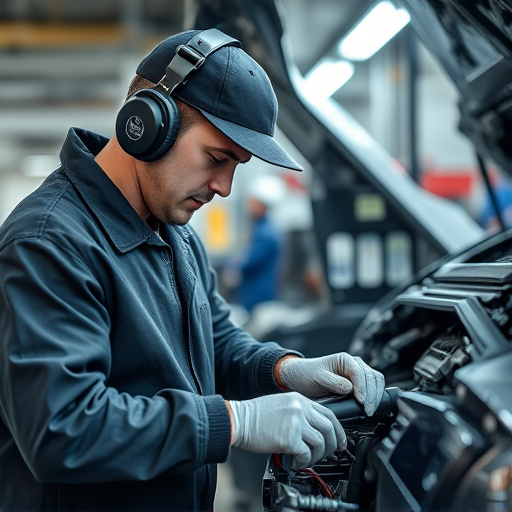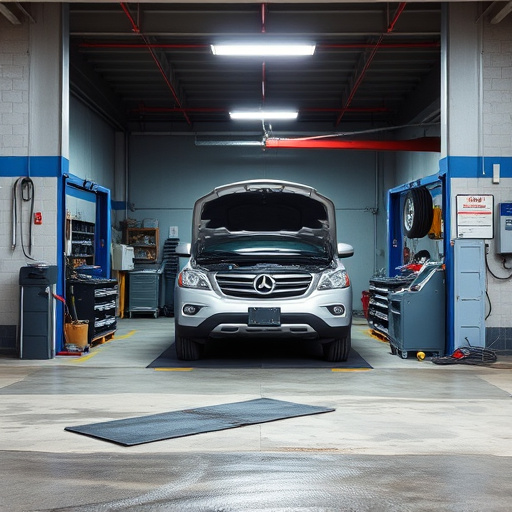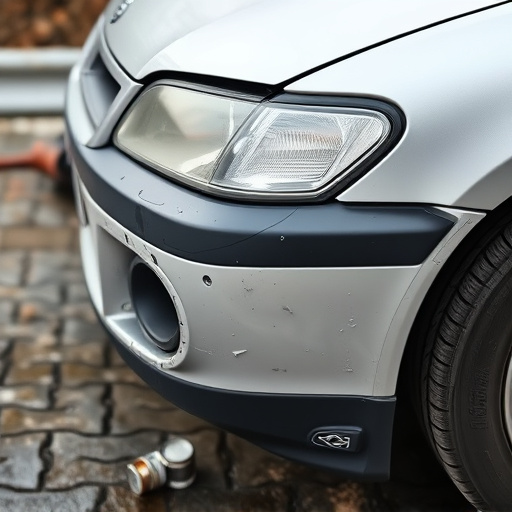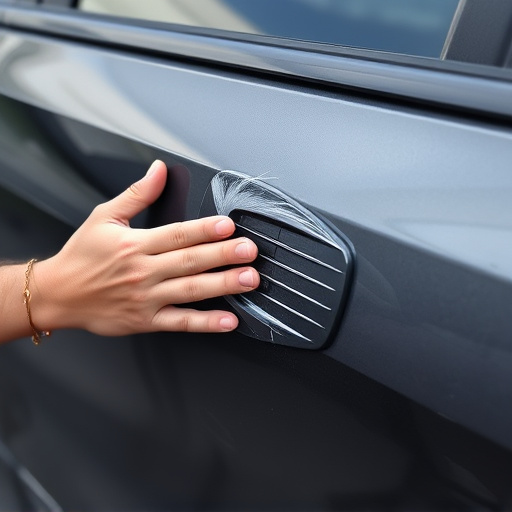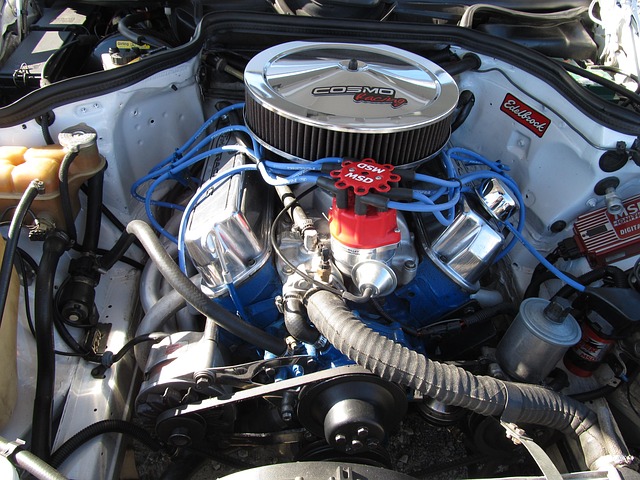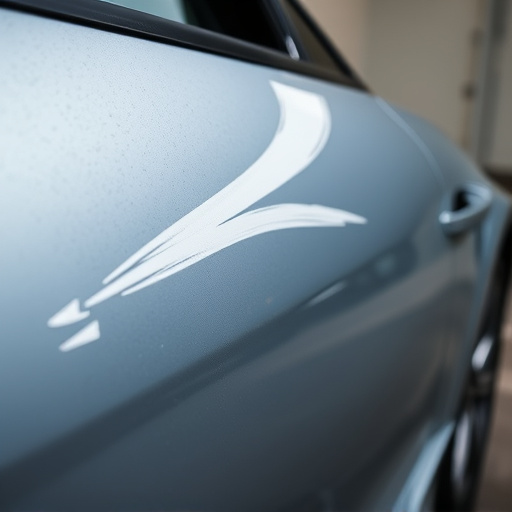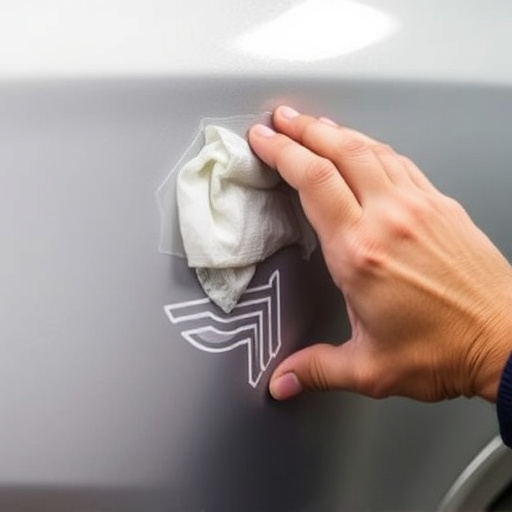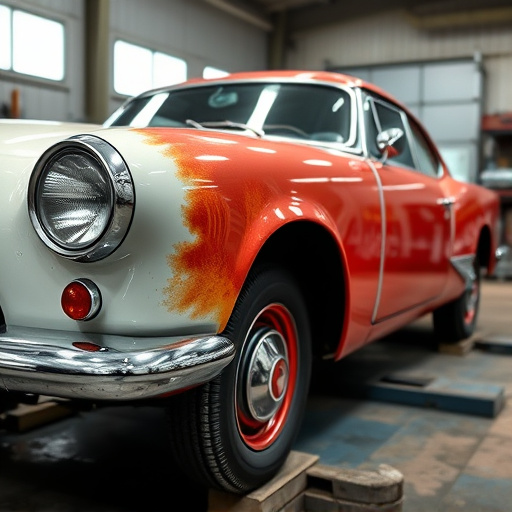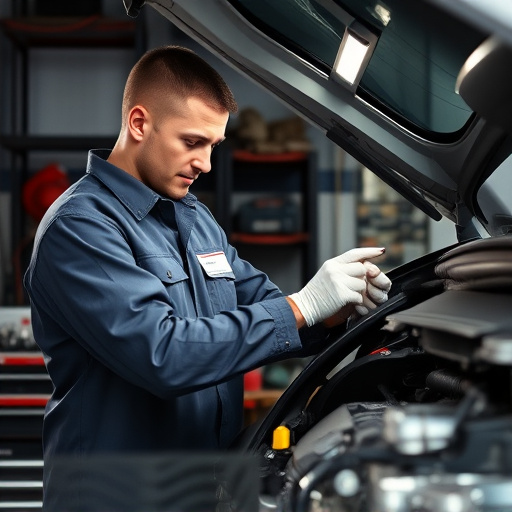High-strength steel repair techniques leverage specialized tools and materials to restore structural integrity in auto body and collision repairs, utilizing advanced AHSS for superior strength-to-weight ratios, corrosion resistance, and temperature tolerance. This game-changing approach enhances safety, durability, and sustainability in both automotive and construction sectors.
High-strength steel repair techniques are transforming structural integrity, offering a powerful solution for reinforcing and restoring critical components. This article delves into the transformative power of this advanced method, exploring how it enhances load bearing capacity and prolongs the lifespan of structures. By understanding the nuances of high-strength steel repair, engineers and builders can unlock a new level of durability, ensuring safer and more sustainable constructions.
- Understanding High-Strength Steel Repair Techniques
- Strengthening Structures: The Impact on Load Bearing Capacity
- Longevity and Maintenance: A Stronger, More Durable Future
Understanding High-Strength Steel Repair Techniques
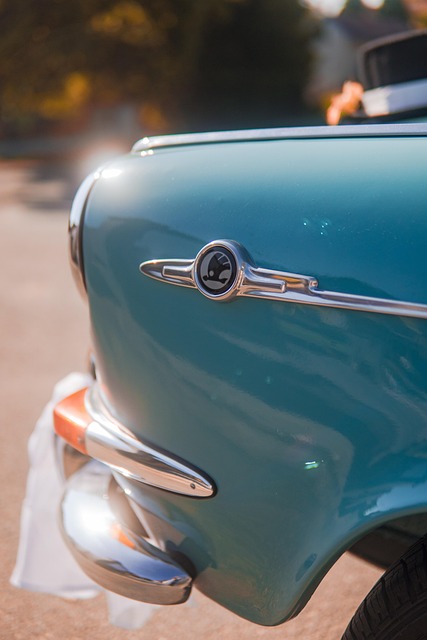
High-strength steel repair techniques have evolved significantly, offering advanced solutions for restoring structural integrity in various applications, including auto body repair and car collision repair. These techniques leverage specialized tools and materials designed to handle the unique properties of high-strength steels, which often feature higher tensile strengths compared to conventional grades. By employing precision cutting, welding, and forming methods, professionals can accurately manipulate these robust materials, ensuring they maintain their strength and stability after repairs.
One key aspect is using corrosion-resistant coatings and finishes to safeguard against environmental damage, a common concern in vehicle body shops. Additionally, computer-aided design (CAD) and modeling software play a crucial role in planning complex repair processes, enabling precise measurements and predictions of material behavior. These advancements have not only improved the quality of repairs but also enhanced safety by ensuring that structures remain as strong and reliable as new after high-strength steel repair procedures are completed.
Strengthening Structures: The Impact on Load Bearing Capacity

High-strength steel repair plays a pivotal role in enhancing the structural integrity of buildings and structures. By integrating advanced high-strength steels (AHSS) into existing frameworks, engineers can significantly improve the load-bearing capacity of these structures. AHSS offers superior strength-to-weight ratios compared to conventional steel, making it an ideal solution for reinforcing critical components that are subject to heavy loads or extreme conditions. This innovative approach is particularly valuable in retrofitting older buildings where traditional construction methods may have fallen short.
The impact on load-bearing capacity is profound. High-strength steel repair can bear heavier weights and distribute forces more efficiently, ensuring structural stability even under intense pressure. In the context of auto body repairs or collision repair centers, for instance, AHSS can be used to reinforce damaged areas, restoring the vehicle’s structural integrity without adding excessive weight. This not only enhances safety but also optimizes performance, making these structures more resilient and capable of withstanding various environmental challenges.
Longevity and Maintenance: A Stronger, More Durable Future
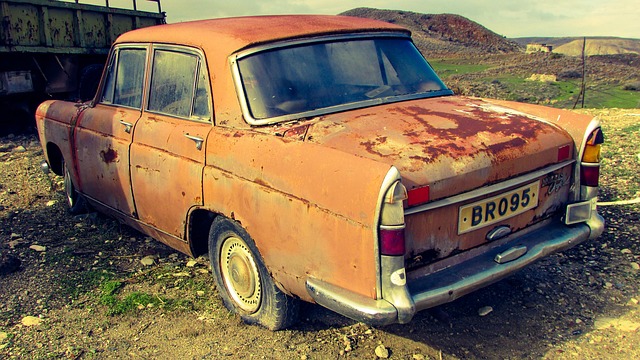
High-strength steel repair offers a significant advantage in extending the lifespan of structures and vehicles. By utilizing advanced techniques to reinforce and restore damaged components, this method ensures that the overall structural integrity remains uncompromised. This is particularly crucial for industries like automotive manufacturing and construction, where durability is paramount. For instance, Mercedes Benz collision repair professionals employ high-strength steel to ensure cars not only look as good as new but also possess the enhanced safety features required to withstand modern driving conditions.
Beyond initial repairs, regular maintenance becomes more manageable with high-strength steel components. This durable material withstands environmental factors like corrosion and extreme temperatures better than traditional steel, reducing the need for frequent replacement or costly repairs. Thus, it contributes to a more sustainable future, both in terms of resource conservation and financial savings, for car scratch repair and bodywork services alike.
High-strength steel repair techniques are transforming structural integrity, offering enhanced load bearing capacity and prolonged longevity. By embracing these advanced methods, we can ensure buildings and infrastructure stand stronger against challenges, providing safer and more durable solutions for the future of construction. High-strength steel repair is a game-changer in maintaining our built environment.
